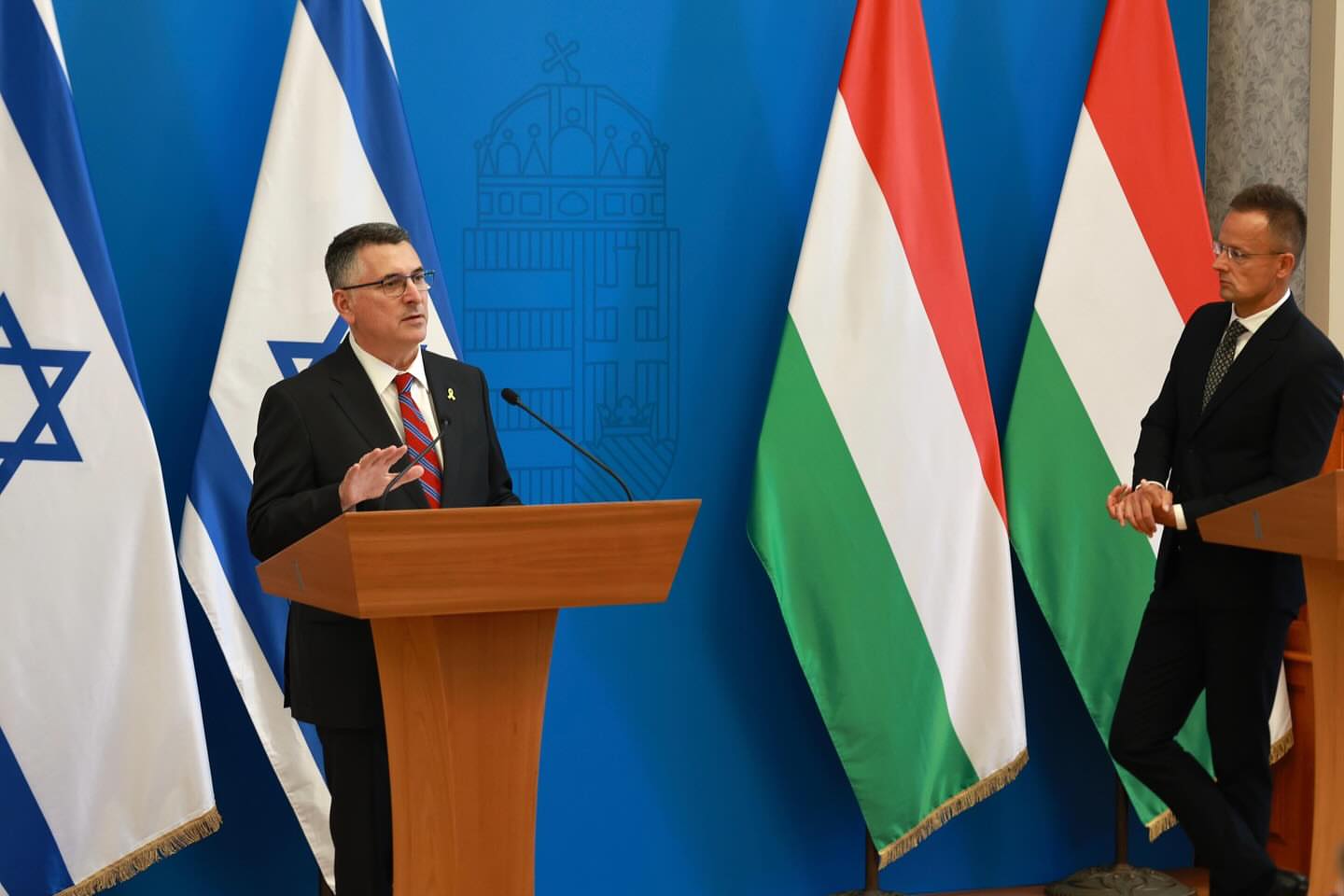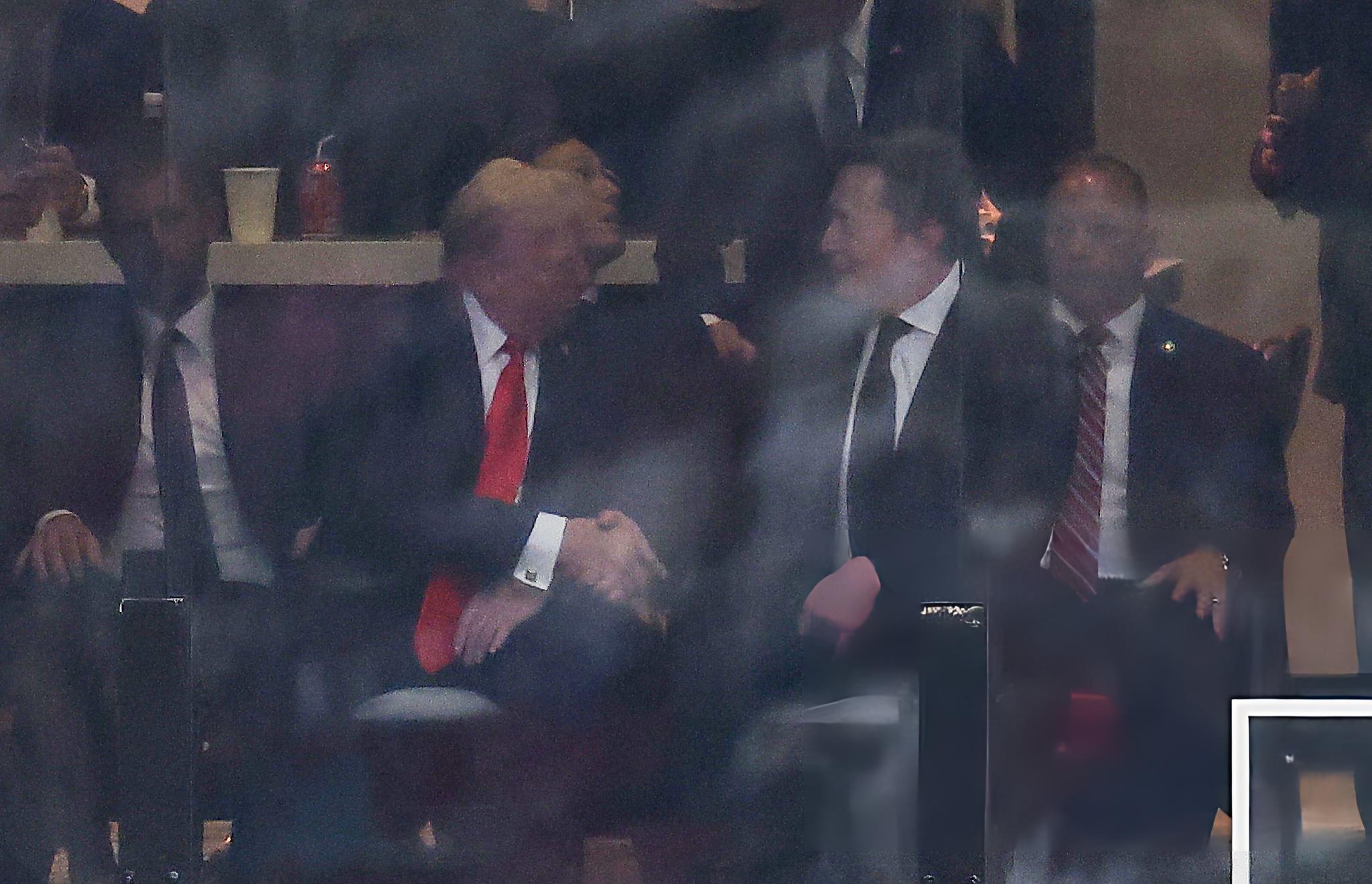Israel announced on Monday that it has accepted a ceasefire proposal put forward by U.S. President Donald Trump, describing the plan as a potential opening to end the war in Gaza if Hamas agrees to the outlined terms. Trump urged Hamas to move quickly, emphasizing that the deal would hinge on the release of all hostages, even as Israeli forces continued military operations around Gaza City.
What Israel agreed to and U.S. proposal
Foreign Minister Gideon Saar, speaking during a visit to Budapest, confirmed that Israel backs a U.S. led push aiming to stop the war, secure the release of hostages, and dismantle Hamas’s military structure. Trump said that Israel had already agreed to his conditions, calling it a final chance for Hamas to strike an arrangement.
According to Israeli and regional sources, the proposed agreement involves the release of all 48 hostages, both living and deceased, on the first day of a ceasefire. In return, Israel would free thousands of Palestinian prisoners and temporarily halt its advance into Gaza City. Washington is set to oversee subsequent negotiation rounds to build on the initial exchange.
Also Read: US Appeals Court rules Trump’s global tariffs unlawful
Officials close to Prime Minister Benjamin Netanyahu stressed that Israel is weighing its priorities between maintaining military pressure and addressing public calls for the hostages’ return. Trump however framed Israel’s position as acceptance of his plan, shifting the focus onto Hamas leadership for a response.
Hamas response and negotiation gaps
Hamas confirmed it has received the U.S. proposals and signaled readiness to engage in talks. At the same time, the group reiterated its conditions which include formally ending the war, securing a full Israeli withdrawal from Gaza, and establishing an independent Palestinian administration. These demands are sharply at odds with Israel’s insistence on Hamas disarmament and the immediate release of hostages.
Mediators including U.S. envoy Steve Witkoff have been communicating with Hamas through regional partners. While some negotiators expressed cautious optimism about narrowing differences, there is still a wide gap over the core issues. Washington has kept the proposal’s detailed terms under wraps, favoring closed door diplomacy to preserve momentum.
Escalation and public pressures
Even as negotiations unfold, Israel has stepped up airstrikes around Gaza City. The Israeli military stated that several high rise buildings hit during recent operations were being used by Hamas for combat activities, a claim Hamas rejected. Israel’s defense minister warned that Hamas must surrender, release hostages, and lay down arms to prevent further attacks.
Casualty figures from the airstrikes remain unclear due to disruptions in access to the area. Meanwhile, Trump reiterated his sense of urgency, stating he believed a deal could be reached if both sides acted swiftly. He emphasized that his plan was crafted not only to secure the safe return of hostages but also to ensure the recovery of the remains of those killed.
Also Read: The Telegraph editor Sankarshan Thakur dies at 63 after illness
Outlook for negotiations
Trump’s proposal breaks from earlier attempts that relied on gradual ceasefires and phased exchanges. Instead, it calls for an immediate and simultaneous release of hostages and prisoners combined with a pause in Israel’s ground offensive.
The critical unresolved question is whether Hamas will accept a plan that does not guarantee a formal end to the war and whether Israel is prepared to suspend its operations long enough for negotiations to advance. For now, Israel has voiced its willingness to discuss the terms, Washington is applying heavy pressure for a quick response, and Hamas is holding firm to its broader political demands.




